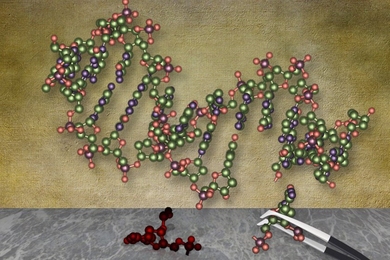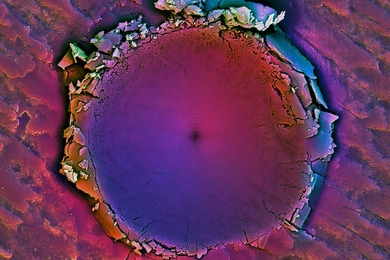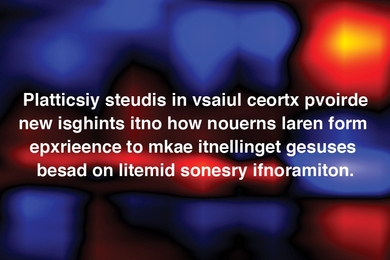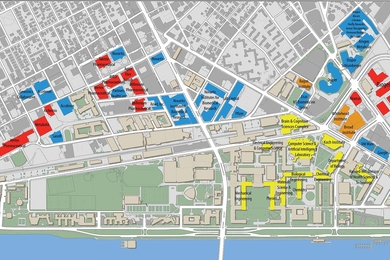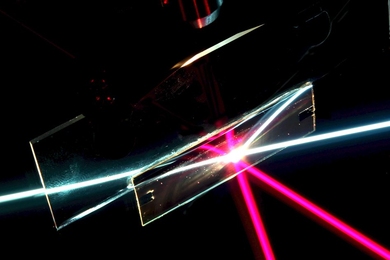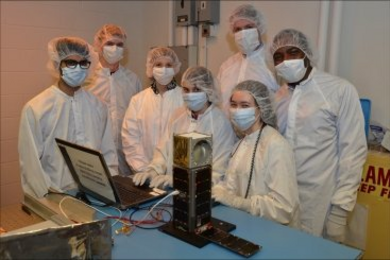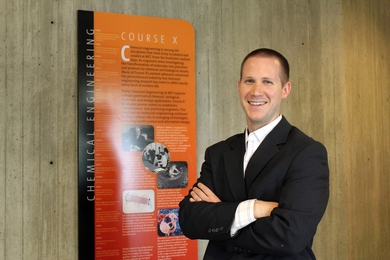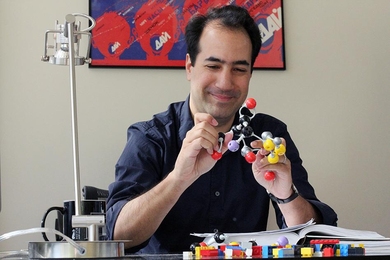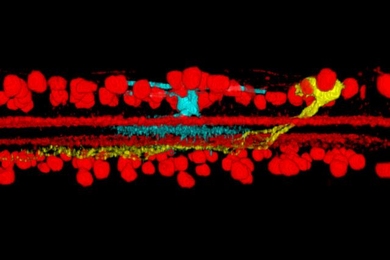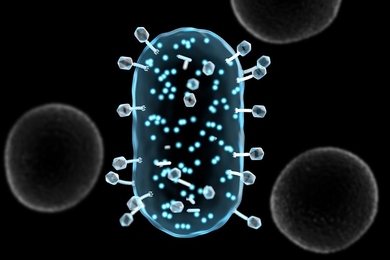Tough as nails, yet clear enough to read through
MIT researchers uncover the secrets behind a marine creature’s defensive armor — one that is exceptionally tough, yet optically clear.
New respect for primary visual cortex
A previously underappreciated brain region performs complex sequence learning.
How to build a biotech renaissance: MIT in Kendall Square
A look back at how Institute Professor Phillip Sharp, his startup Biogen, and MIT’s biotech community helped revive Kendall Square.
A new angle on controlling light
System could provide first method for filtering light waves based on direction.
MicroMAS: small is beautiful
Professor Kerri Cahoy and her group recently delivered MicroMAS, the weather nanosatellite they built in collaboration with MIT Lincoln Laboratory, to a launch provider.
MRI reveals genetic activity
New MIT technique could help decipher genes’ roles in learning and memory.
Seeking a ‘parts list’ for the retina
New technique classifies retinal neurons into 15 categories, including some previously unknown types.
How the ocean reins in global warming
MIT scientists show how a better understanding of ocean heat uptake can improve long-term climate predictions.
Mentoring: It's the network
MacVicar Day explores how to create more ways to mentor MIT undergraduates.
Patrick McGovern, founder of McGovern Institute for Brain Research, dies at 76
$350 million gift in 2000 aimed to broaden neuroscientists’ understanding of the human brain.
Brighter future for bacteria detection
An advanced assay quickly illuminates bacteria for more rapid, accurate detection.
3 Questions: Alan Guth on new insights into the ‘Big Bang’
MIT physicist explains how new results bolster his 1980 theory of cosmic inflation.
